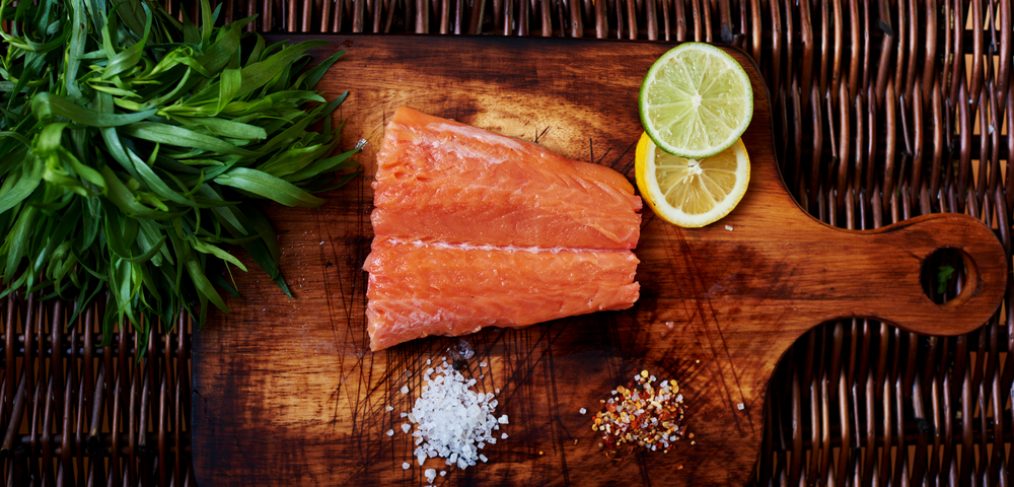
Choosing Sustainable Sources of Seafood
Gen Xers and Baby Boomers will probably remember the Starkist commercials that popularized Charlie the Tuna. Although he may have done wonders for the canned tuna company, Charlie was something of an anomaly. Why would a fish do a commercial for a product in which he would end up being the main ingredient!
Things have come quite a way since then. Millennials are more likely to celebrate the characters of “Finding Nemo” and “SpongeBob Squarepants,” all of whom have seemed to fare better than poor Charlie. In this day and age, it seems only natural that our environmental consciousness effect the way we represent, and eat, our fish. The American Heart Association recommends a minimum of two servings of fish per week. But is there something you should know about our finned friends before digging in?
Why Eat Sustainable Seafood?
As the sea continues to boil, we are slowly but surely fishing our amphibious amigos into an early extinction. Scientists believe that by 2048, there will be only algae and jellyfish left; not very attractive options. And think, that’s only 38 years from now, in other words, many of us will live to see it. However, if you think that’s bad, what about people in Asia and coastal Africa for whom fish is the only option? What will they do after the fish apocalypse?
Even if this is not enough to get you to change your tune, let’s talk about toxins like PCBs and mercury. Toxins are more likely to be found in predatory fish like tuna, shark and salmon because the pollutants are more able to attach themselves to fatty skins and flesh and you certainly don’t want those swimming around your tummy.
If you’re wondering just how much America is effected by this, here are some ideas. Salmon and tuna are numbers two and three on the list of most popular American fish and shrimp, our number one choice is increasingly coming from central America and southeast Asia, both of which have unregulated environmental standards.
What Can You do?
Avoid big, predatory fish like tuna, shark, swordfish and salmon. They tend to live the longest and are more prone to attract toxins because of their older flesh. Exceptions include wild salmon from Alaska and small albacore tuna from British Colombia and the Pacific Northwest, both of which come from regulated fisheries. Eat fish which are smaller on the food chain. These include anchovies, clams, sardines, oysters and mussels. They live for a shorter amount of time, and reproduce more easily, increasing their resistance to the pressure of fishing.
Keep Your Options Open
To reduce the likelihood of exposure to pollutants, try to eat a variety of seafood rather than sticking to one type. Check for where the fish at the supermarket came from . If its from the US and Canada, it is likely to be safe, Central America could be dodgy and stay away from Asian fish. Of course, this does not guarantee that all North American fish is sustainable.
What to Avoid
Stay away from most ahi (bigeye and yellowfin tuna, as well as bluefish tuna, all of which are facing extinction. Steer clear of imported farmed shrimp and farmed salmon, commonly sold as Atlantic Salmon. Actual Atlantic salmon is no longer available as overcrowded conditions of Chilean salmon farms have lead to the spread of infectious viruses. Also avoid freshwater eel or aka unagi, which is 95% gone.
Sorry Charlie! We really will be. If you have anything to contribute to the sustainable seafood conversation, let us know! We want to hear all your viewpoints!



